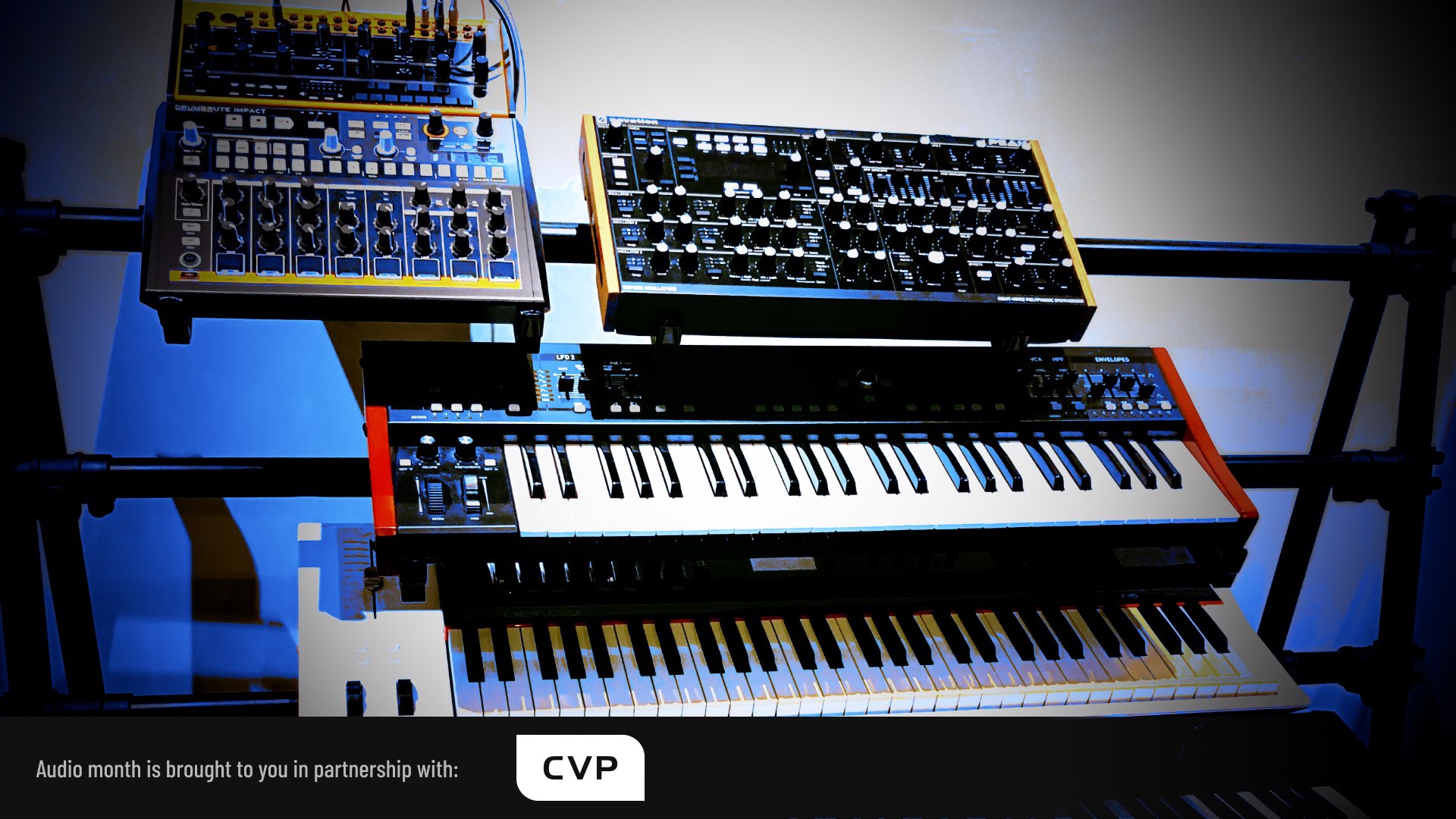
David Shapton highlights the tools you need to start providing your own music for your videos.
We can't all become Hans Zimmer overnight, writing lush, expansive orchestral scores for blockbuster movies. But that's OK because not every film soundtrack needs a heavyweight musical approach. Even with limited musical knowledge, there's a lot you can do to fill in the silence. Many soundtracks are more abstract than tuneful, and there are some fantastic resources that can help you develop your own musical identity, giving you a chance to create a unique and genuinely innovative personal musical signature.
First, a couple of practical things.
Mixer
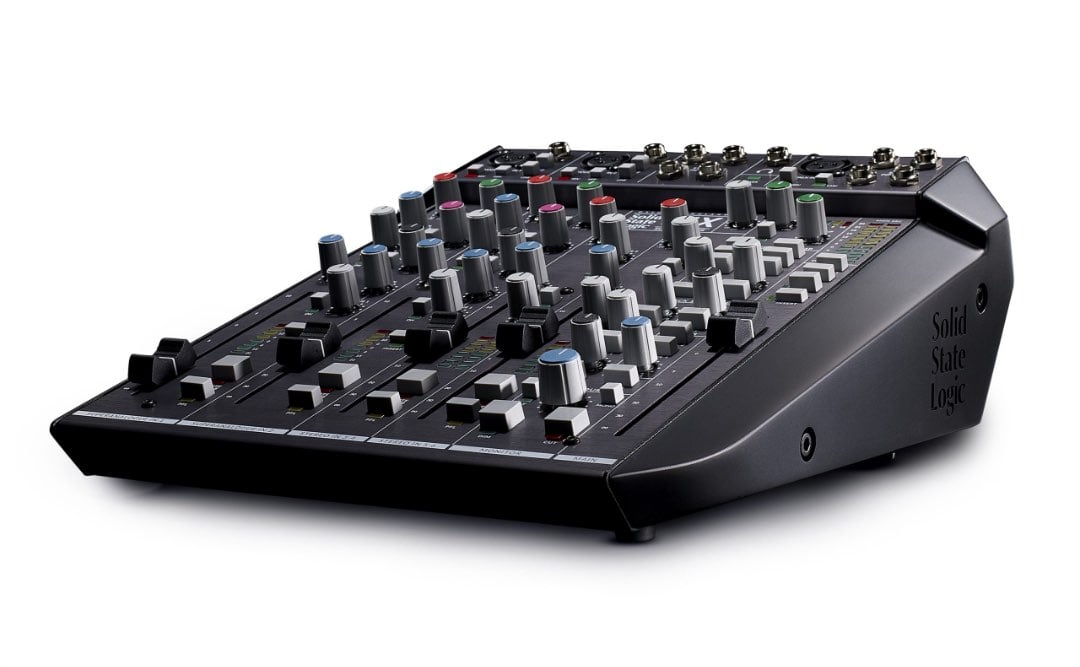 Composers today are unbelievably lucky. You don't need any special hardware to get started. Literally, all you need is a laptop, some headphones and perhaps some speakers. But the chances are that you will want to be able to include sounds from the real world, away from your computer. Almost every recording studio has a mixing desk. Sometimes they're small, and sometimes the size of an aircraft carrier. Irrespective of dimensions, it's a good idea to have at least a small mixer, as much for its multiple inputs and outputs as for its mixing talents. Most composers end up with a synth or two and microphones, of course. You don't have to spend a lot: there are some excellent small mixers for under £200. For £1,200, there are some amazing devices, like the SSL SiX, a tiny desk that boasts the luxurious sound of SSL's classic studio mixers.
Composers today are unbelievably lucky. You don't need any special hardware to get started. Literally, all you need is a laptop, some headphones and perhaps some speakers. But the chances are that you will want to be able to include sounds from the real world, away from your computer. Almost every recording studio has a mixing desk. Sometimes they're small, and sometimes the size of an aircraft carrier. Irrespective of dimensions, it's a good idea to have at least a small mixer, as much for its multiple inputs and outputs as for its mixing talents. Most composers end up with a synth or two and microphones, of course. You don't have to spend a lot: there are some excellent small mixers for under £200. For £1,200, there are some amazing devices, like the SSL SiX, a tiny desk that boasts the luxurious sound of SSL's classic studio mixers.
Computer I/O
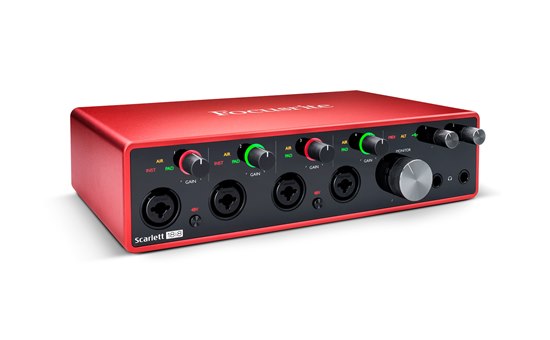
To get external audio sources into a computer, you'll need an I/O device such as the Focusrite Scarlett 4i4 3rd Gen. There are lots of these, and the price varies enormously. A simple one with only two channels can be very affordable; if you want multiple channels and the very highest quality, it can cost ten or twenty times as much. There may be economies here if you choose well: a multi-I/O unit might mean you don't need a physical mixer: just plug everything into the device and mix using the mixer in your Digital Audio Workstation (DAW).
DAW
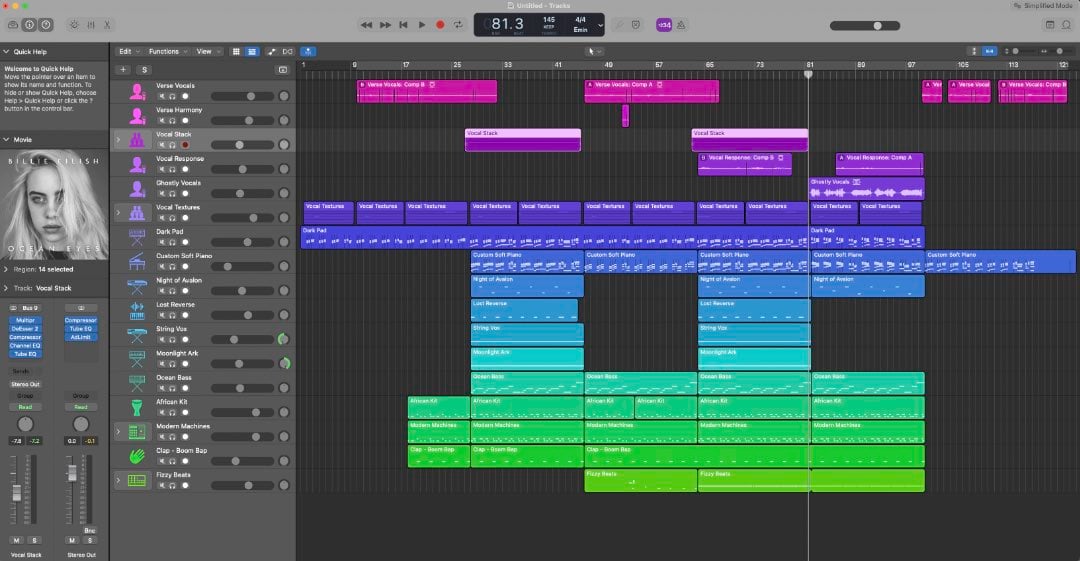
Choosing a DAW is a very personal thing. But the good news is that it's hard to go badly wrong. All of the big names are immensely powerful. If hardware isn't your thing, it's entirely possible to do everything in software. There's nothing wrong with that at all. Only you will know what's right for the way you want to work.
If you're familiar with the big DAWs, you don't need me to remind you. But in case you're entirely new to computer music, the main ones are
Logic
Mac-only, and great value if you're into the Apple side of things. It's bursting with features added over the years, and it's reasonably intuitive unless you want to dive deep, in which case, you can dive very deep. It's an excellent all rounder and well suited to all types of music production. All the other DAWs mentioned here work on Mac and PC.
Ableton Live
Ableton has two faces to it: one is a conventional timeline-type interface, and the other is based on stacks of looping bars. Once you get the hang of it, it's very quick and powerful. It's called "live" because you can literally make up compositions on the fly once you have your loops set up. But you can "record" these performances onto the timeline and edit them later. It's a compelling and productive way to work.
Reason
Reason is very different to other DAWs. It's based on a "rack" of virtual instruments and effects. There are tonnes to choose from, and it's effortless to "connect" stuff together: press the "tab" key, and the entire rack swings round to reveal all the connections on the backs of the units. You connect them by dragging and dropping patch cables.
It's a great way to work that suits beginners and experts alike. You can get a lot done just by figuring it out - but you'll also waste a lot of time because it's such fun.
Crucially, at the same time as Reason's sequencer itself has perhaps fallen behind the sophistication of other DAWs, you can now use Reason Racks as plug-ins for other DAWs. In a way, it's the best of all worlds.
Cubase
This venerable DAW is definitely not showing its age. Continuously updated right up to the present day, it's a complete environment that wouldn't be a wrong choice for anyone.
There are plenty of other DAWs to choose from. On the one hand, making the right choice is essential because you'll be spending a lot of time with it, and they all take a good chunk of time to learn proficiency. But it's really very hard to make a wrong choice.
Virtual synthesisers
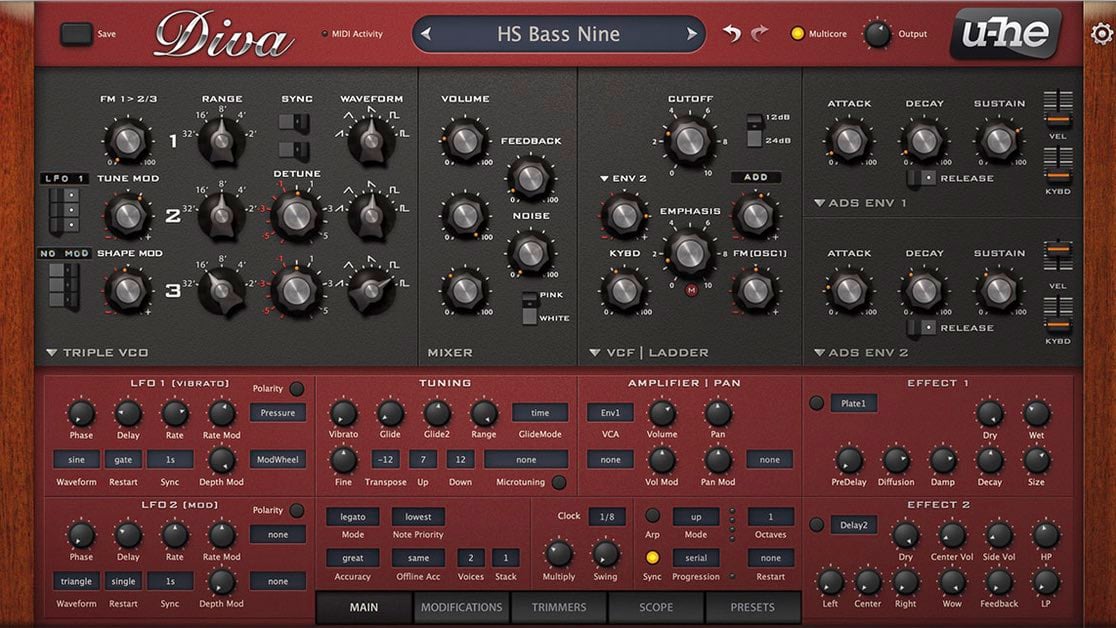
All DAWs can host virtual instruments, and this is the best way to go if you want to avoid a single audio connector. You have a vast choice, from astonishingly accurate recreations of classic synths (as in Arturia's V Collection) to way-out synths that have never existed in the real world. Confusingly, Arturia's state-of-the-art virtual synth, Pigments, is now included in V-collection. If you want a spectrum of synth sounds from the mellifluous to the iconoclastic, then Pigments should perhaps be your first port of call. You can, of course, download trials.
For an out-and-out analogue sound within your workstation, there's no better virtual, analogue-sounding synth than U-He's Diva, which may be the best-sounding virtual synth ever made.
Real synthesizers
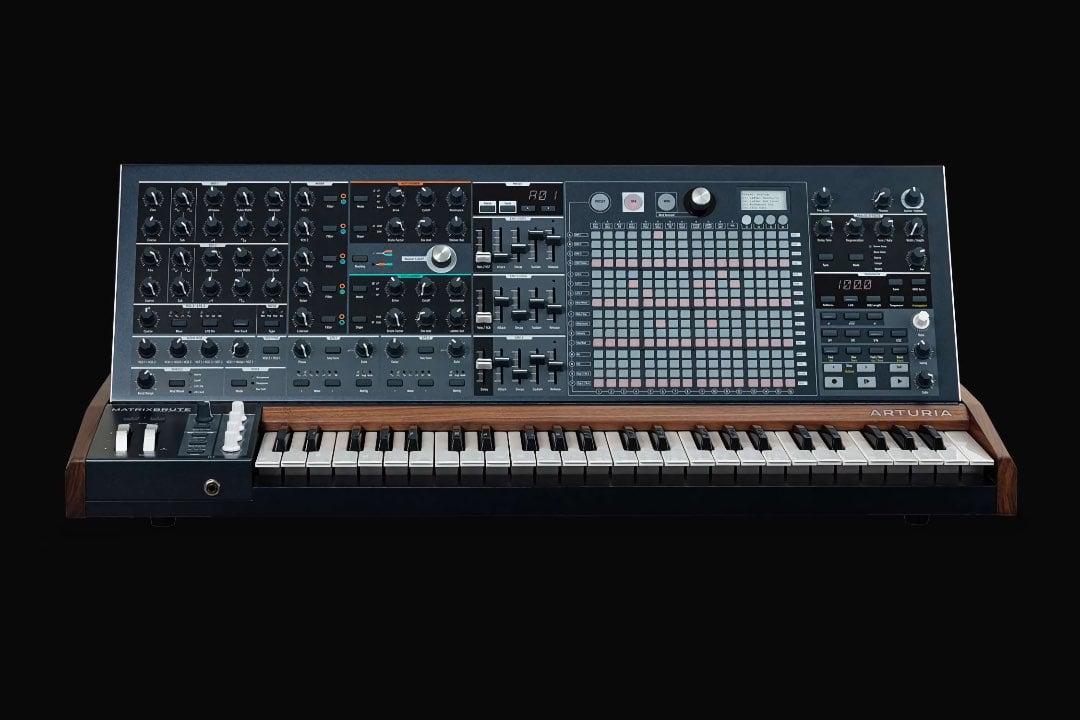
Don't read this bit unless you have money that you urgently need to dispose of.
While virtual synthesisers are cheap, convenient and extremely powerful, it's also true that you there's no substitute for having a real, physical synth with an abundantly knobby interface. There are hundreds to choose from, but if you're serious about composing with electronic music (from real synthesisers), you might as well go all-in for Arturia's Matrix Brute.
I mean, just look at it!
Orchestral libraries
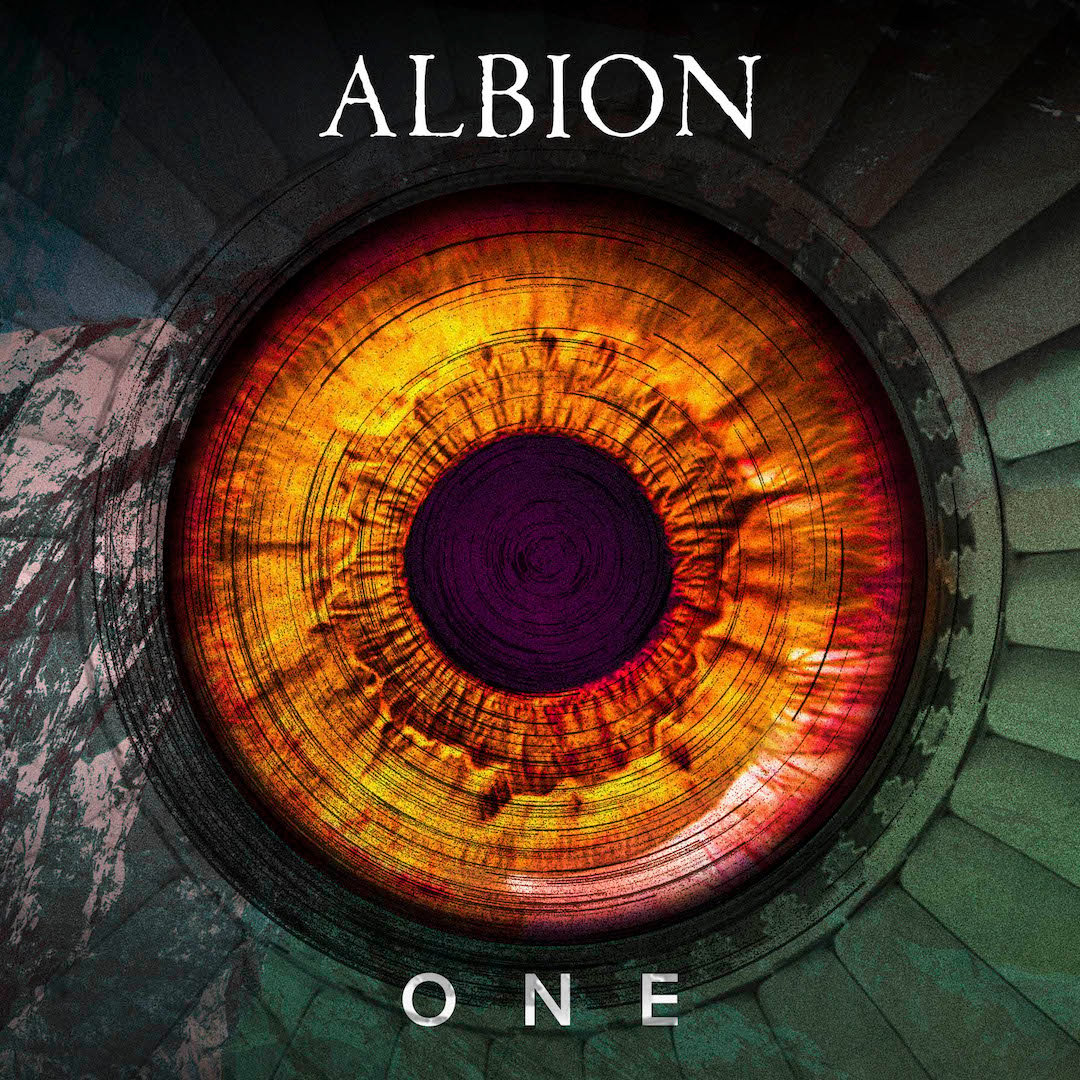
If you want to go the full Zimmer, then you'll need an orchestral library. These collections of sampled instruments are getting better and better. You have to really "play" them like a real instrument unless you want an unusual effect - which would be perfectly OK - but they're catalogued and curated to help you with your sample set selections and, ultimately, your compositions.
Loop libraries

Most DAWs let you build tracks from audio or MIDI loops. Companies like Loopmasters (there are many more) have a vast range of loops covering all genres. It's not only quick to build compositions but quite addictive, too, because you achieve something professional-sounding very quickly. It's not for everyone, but it's worth keeping in mind if you have to put something together in an impossibly short time.
And don't forget that you can layer loops on top of each other. Even though the loops are pre-recorded, the chances are that you'll end up with something quite unique.
Reverb
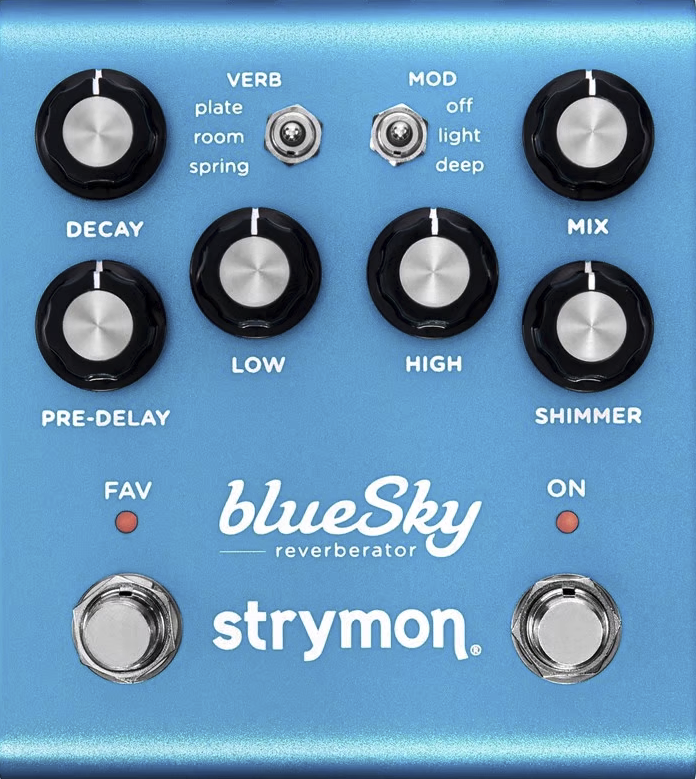
If you're using external devices, it's a very good idea to have a high-quality reverb to hand. Of course, you can always add reverb in your DAW, but - especially if you're playing a synth - an external reverb adds life to the sounds and is handy for experimenting with extreme effects. Something like the Strymon Blue Sky adds quality and class to everything you apply it to.
Over to you
That's a disorganised plummet through some of the resources, equipment and software you'll need as a composer or music producer. Don't forget, if you're not a musician, there's nothing to stop you making completely abstract compositions based on electronic sound effects. Some more complicated synth patches evolve the longer you hold the note down. They're almost a soundtrack in themselves.


Comments